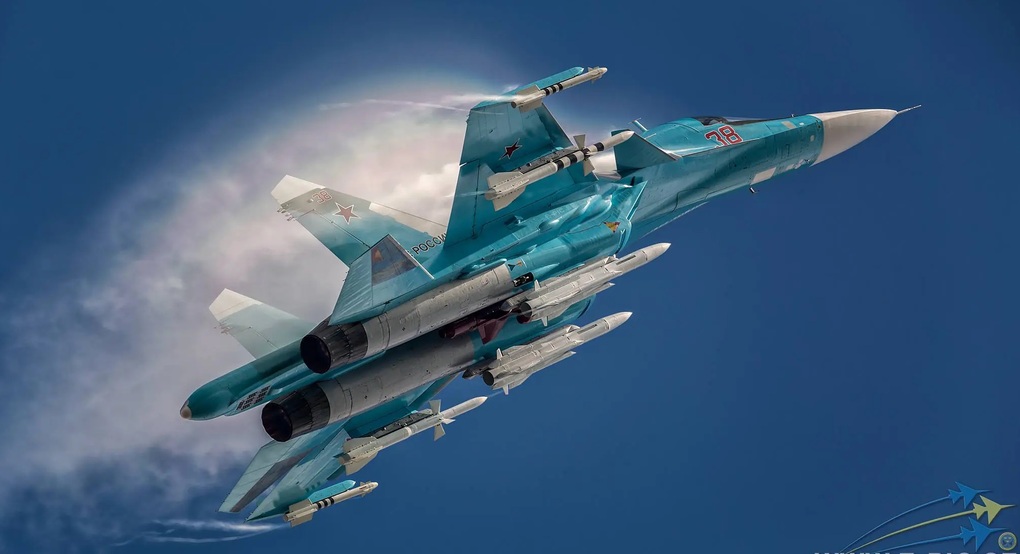
Su-34 multi-role fighter-bomber (Photo: Russian Air Force).
The Russian Aerospace Forces (abbreviated as the Russian Air Force or VKS Russia) are increasing attacks with guided glide bombs on Ukrainian army positions on the front line.
The Russian Air Force's massive use of guided glide bombs has been recognized by Western media, which highly appreciates the development in both technology and tactics.
The first Russian glide bombs were initially unguided and had low accuracy. According to Pucará Defensa statistics, around June 2023, on average, out of every 10 bombs dropped by the Russian Air Force, at least 5 missed the target by a distance of 200-500m; 4 were more than 500m from the bull's eye, and only 1 had a circular error of less than 200m.
The reason for the lack of accuracy was that the bombs lacked a guidance system, the Russians at that time could only install gliders to make the bombs fly further, but did not have a guidance module (UMPK). It seems that they spent several months testing and improving them, as well as honing their tactics for using them.
The main tactic when the Russian Air Force uses glide bombs is as follows: the fighter jet flies low, clinging to the terrain, then quickly climbs to about 9,000m, drops the bomb and makes a sharp turn, leaving a white trail in the sky that people on the ground can record with their mobile phones.
The Russian fighter jets' use of surprise climbing tactics not only allowed the bombs to fly further, but also made it difficult for Ukrainian air defense missiles to react or, if they did, to approach because the target was already out of effective range.
The incident of three Russian Su-34s being shot down in a few minutes at the end of last year - according to Ukrainian media - does not seem to have affected this tactic, because we see the Russian Air Force still bombing every day on almost all fronts, especially in Kherson, Bakhmut and Avdiivka.
As explained above, the first models of Russian VKS glide bombs had a folding wing, enough for the bomb to fly about 60km. However, it was not a perfect solution, but "something is better than nothing", especially in the context of losing some fighters, when having to fly low over the target to cut the bomb. The bomb's accuracy when using the glide wing is less than 1-2km.
Later, Russian glide bombs were equipped with an inertial guidance system, which can guide the bomb while it is leaving the launcher. In April and May 2023, the VKS began testing MPC/UMPK models equipped with GPS/GLONASS receivers and later also equipped with rudders designed to guide the bomb precisely to the target.

Su-34 multi-role fighter-bomber of the Russian Air Force (Photo: The Drive).
According to experts, although the technological content of glide bombs is not too high, their main advantage is the element of surprise. When the bombs appear, the Ukrainian troops do not have time to hide, so even if they deviate from the target within 200m, it is enough to pose a huge threat.
At the same time, Ukrainian targets were subjected to heavy and sustained bombing, lasting several weeks this summer. For example, the FAB-250M-62 guided glide bomb dropped on a target in Malaya Tokmachka (north of Rabotino on the Zaporizhia front) was enough to destroy two houses, even if it fell 200 meters from the center of the target.
Even when a 500kg bomb explodes anywhere within a 200m radius around you, it "feels" quite strong, the expert described the power of the bomb when it explodes.
The Russian Air Force not only used low-explosive bombs, but they also carried out high-precision airstrikes on Ukrainian targets in Kherson with FAB-1500M54 heavy guided glide bombs.
Video footage of the FAB-1500M54 bombing was posted on Telegram by popular Russian blogger Ilya Tumanov, also known as FighterBomber.
The blogger’s post mentions that the Su-34 crew used FAB-1500M54 guided glide bombs to attack Ukrainian targets. According to the information provided, the video was filmed a few months ago, but it clearly demonstrates the effectiveness of this heavy bomb.
"The Su-34 crew sends greetings in the direction of Kherson with the support of FAB-1500M54 UMPC glide bombs," the message accompanying the video said.
The FAB-1500 heavy bomb contains about 700kg of explosives, with a guidance module (UMPC), which can help pilots drop bombs with an accuracy of 5m relative to the target and an affected area of more than 2km2.
Each Russian Su-34 multi-role fighter-bomber is capable of carrying two such bombs (and in the future four) that can cause great damage in one sortie.
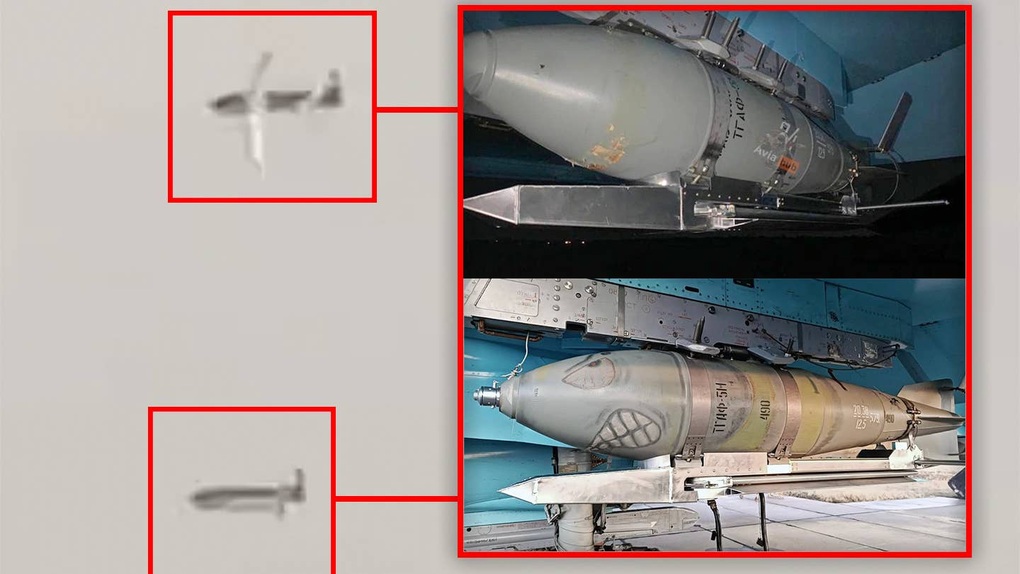
Glide bombs are being widely used by Russia to bomb Ukrainian targets (Photo: The Drive).
The New York Times quoted Ukrainian military officials as saying that Russian glide bombs are effectively attacking Ukrainian positions, even penetrating underground bunkers and posing a significant threat to the country's military, making even experienced soldiers accustomed to artillery fire feel terrified and afraid.
Olexandr Solon'ko, a Ukrainian soldier, expressed his concern when he frankly said, "gliding bombs are one of the biggest fears of the Ukrainian army".
In an interview with the Daily Telegraph in May 2023, Ukrainian air force spokesman Yury Ignat admitted that it was impossible to intercept glide bombs and that this type of weapon posed a "very serious threat. Sometimes we can intercept S-300 missiles, but these bombs are a problem."
Source


![[Photo] Prime Minister Pham Minh Chinh receives Ambassador of the French Republic to Vietnam Olivier Brochet](https://vphoto.vietnam.vn/thumb/1200x675/vietnam/resource/IMAGE/2025/5/13/f5441496fa4a456abf47c8c747d2fe92)
![[Photo] Many people in Hanoi welcome Buddha's relics to Quan Su Pagoda](https://vphoto.vietnam.vn/thumb/1200x675/vietnam/resource/IMAGE/2025/5/13/3e93a7303e1d4d98b6a65e64be57e870)


![[Photo] President Luong Cuong attends the inauguration of the international container port in Hai Phong](https://vphoto.vietnam.vn/thumb/1200x675/vietnam/resource/IMAGE/2025/5/13/9544c01a03e241fdadb6f9708e1c0b65)

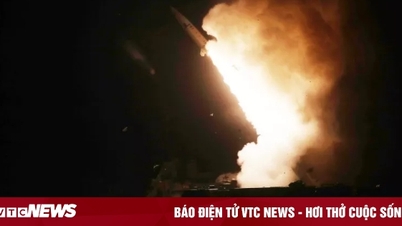



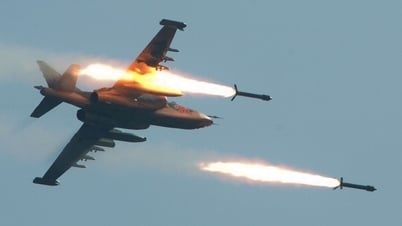

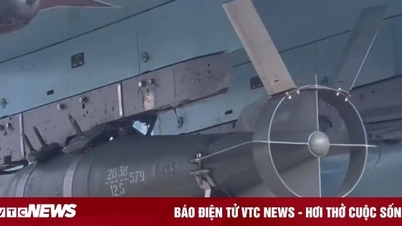
































































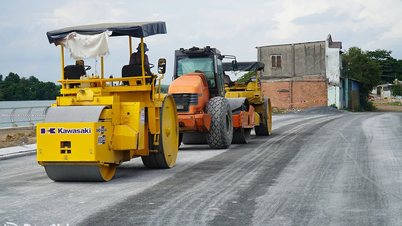







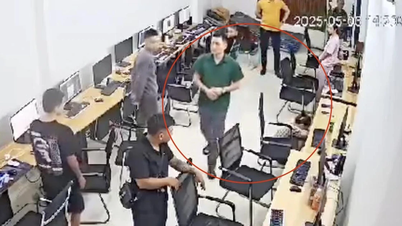












Comment (0)